MTA to launch 14th Street Select Bus Service to help move 50K more daily riders during L train shutdown
Find out more
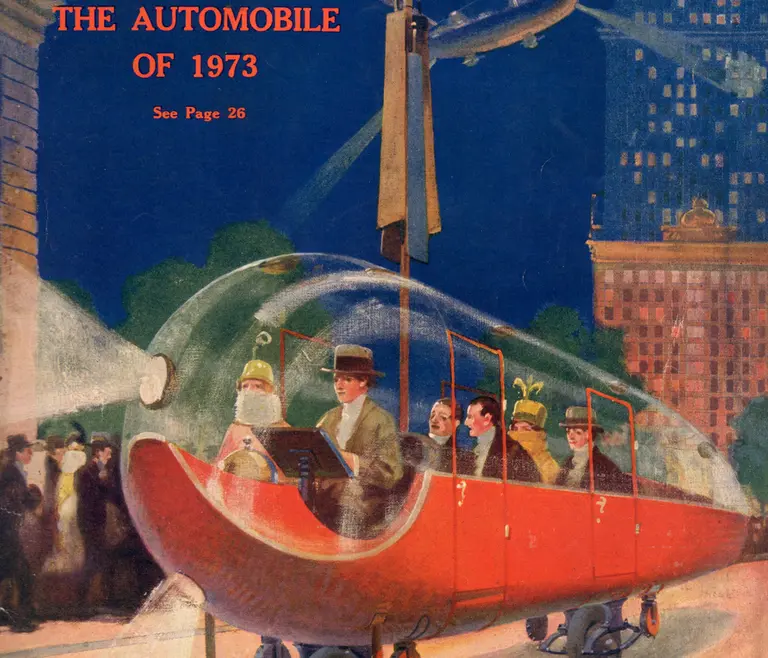
A 1923 cover of Science and Invention magazine imagined the flying automobile of 1973. Image via Smithsonian.
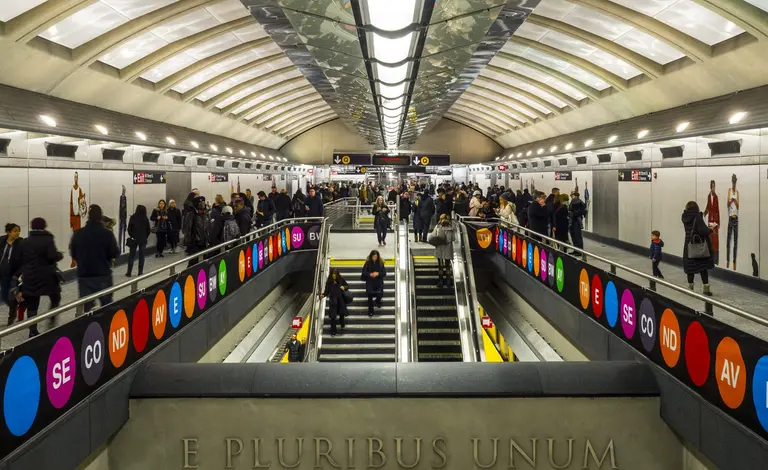
Photo via Flickr cc
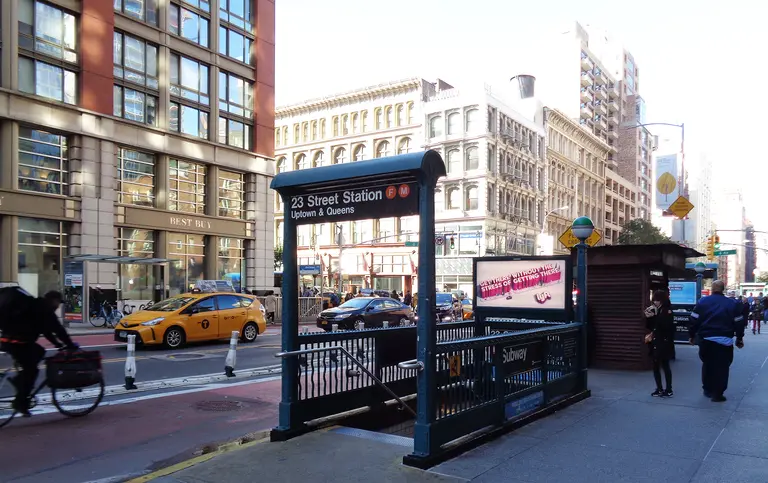
Photo via Wikipedia
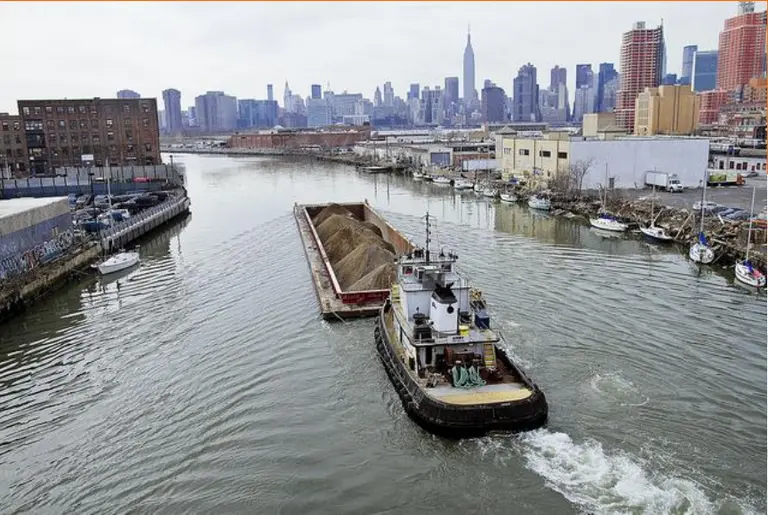
Aggregate barge on Newtown Creek. Photo Credit: Mitch Waxman via NYCEDC

Photo via Flickr cc
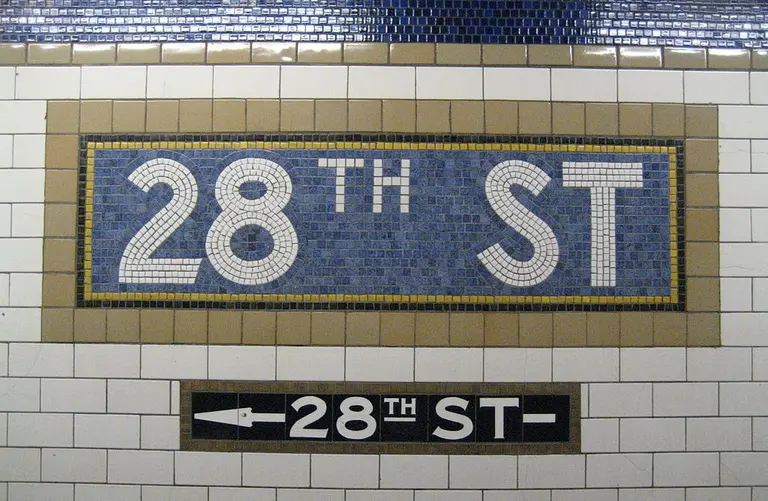
Photo via Wikipedia
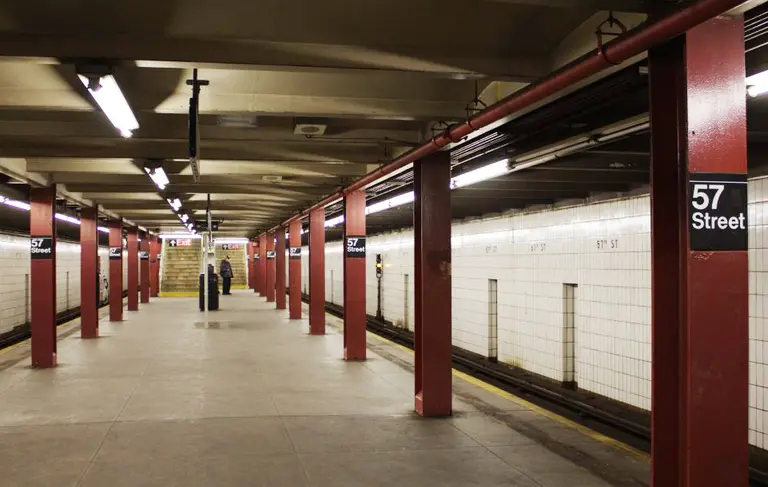
Photo by Marko Kudjersk via Wikipedia
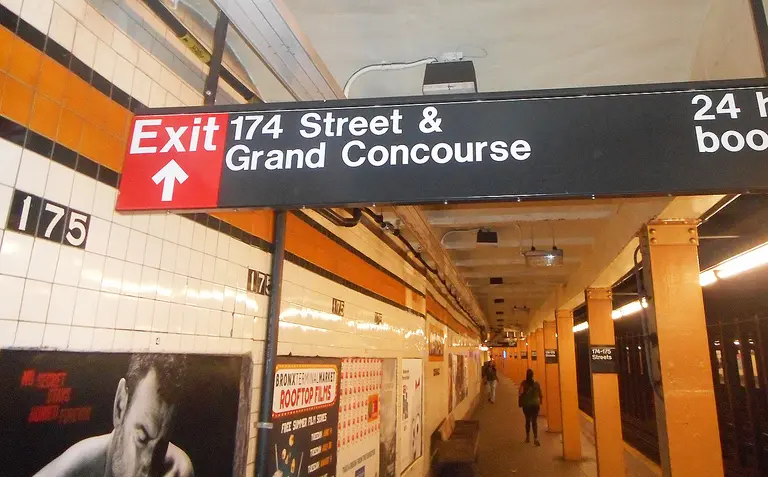
Image via Wiki Commons
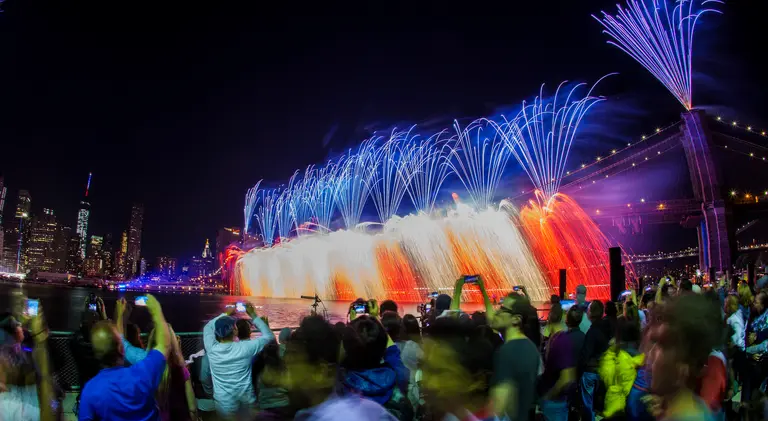
Photo via Anthony Quintano/Flickr
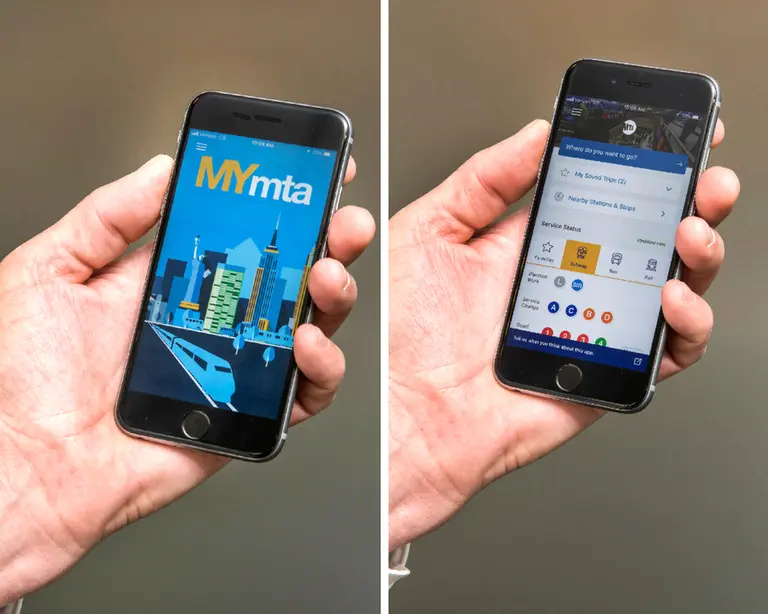
Via MTA on Flickr
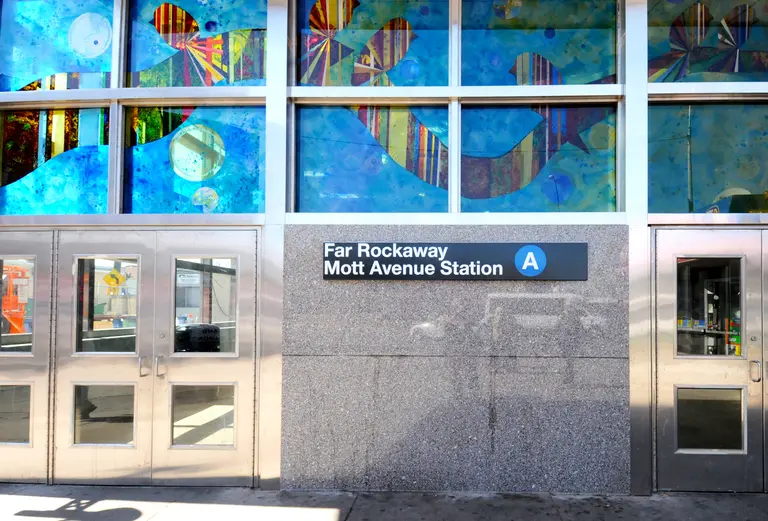
Photo via MTA/Flickr

Executive director of Transportation Alternatives Paul Steely White drives a vintage Mustang as the last car in Central Park. Via NYC Parks.
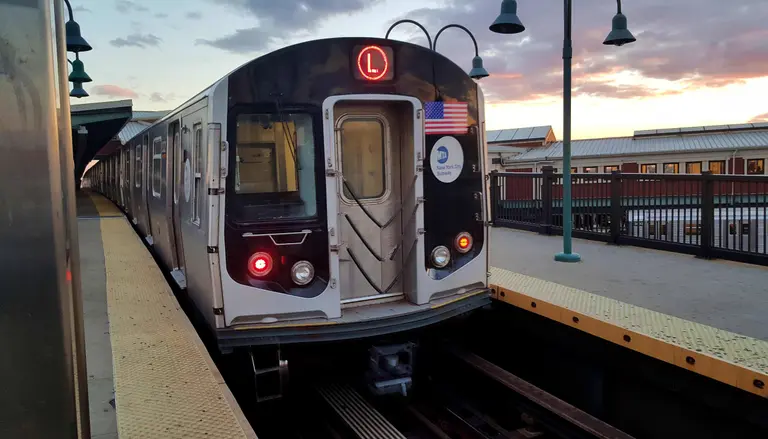
L train photo via Wiki Commons
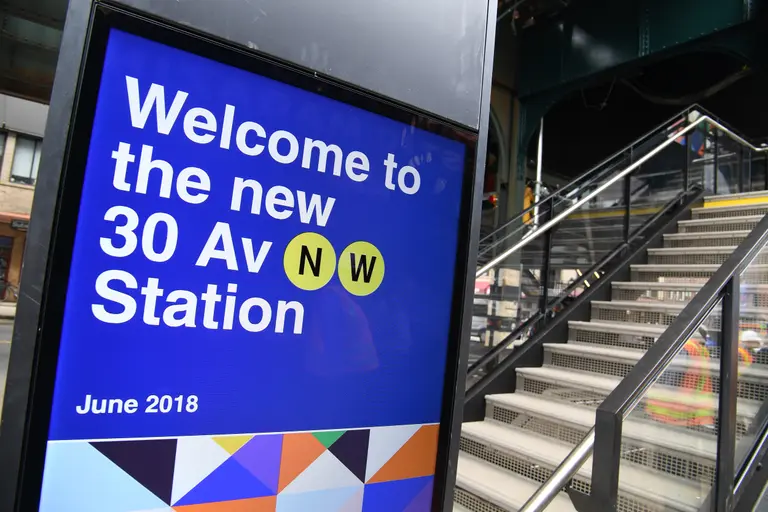
Photo by Marc A. Hermann / MTA New York City Transit via Flickr
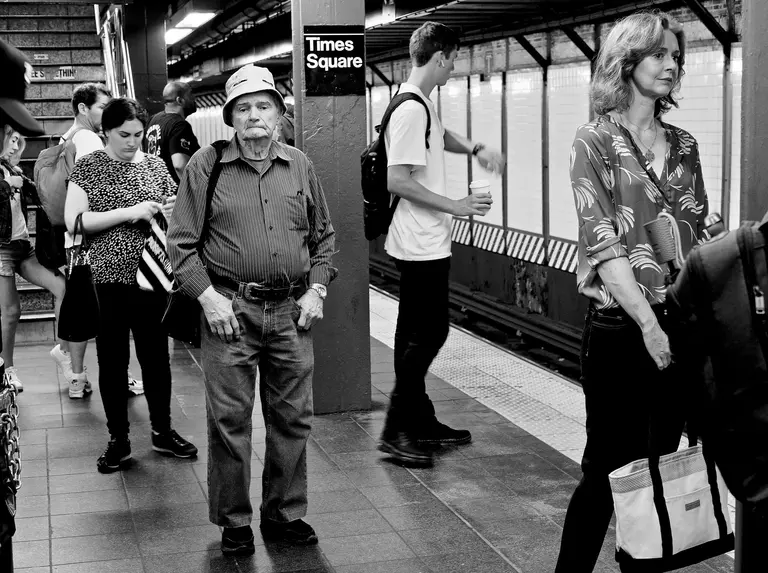
Photo by Susan Jane Golding / Flickr
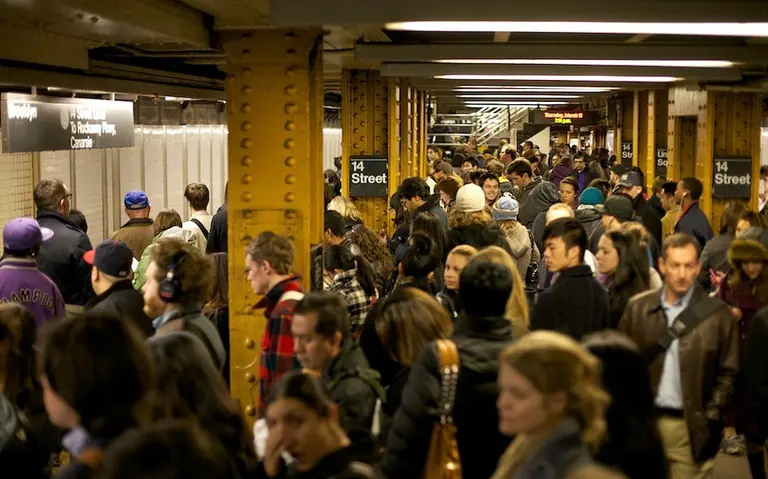
Photo via Flickr
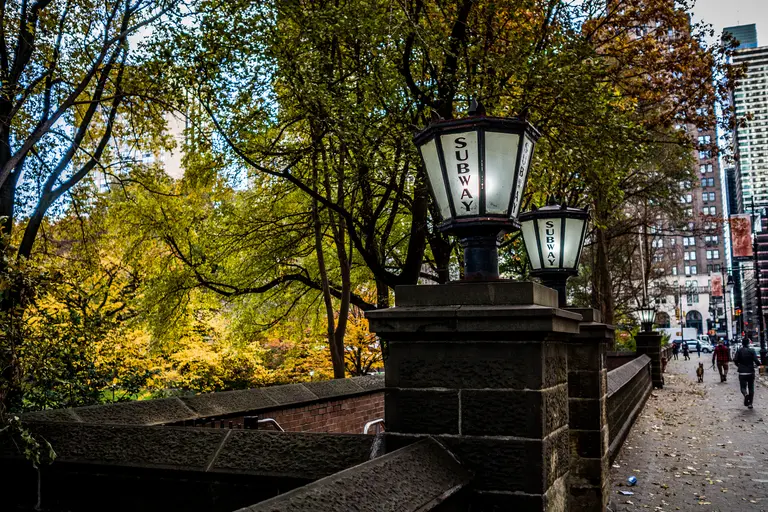
Photo by Phil Roeder / Flickr
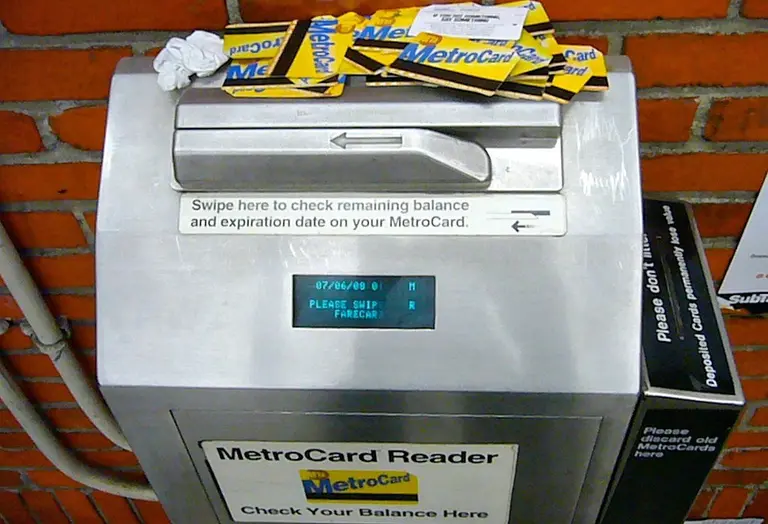
Photo via Phil Hollenback/Flickr
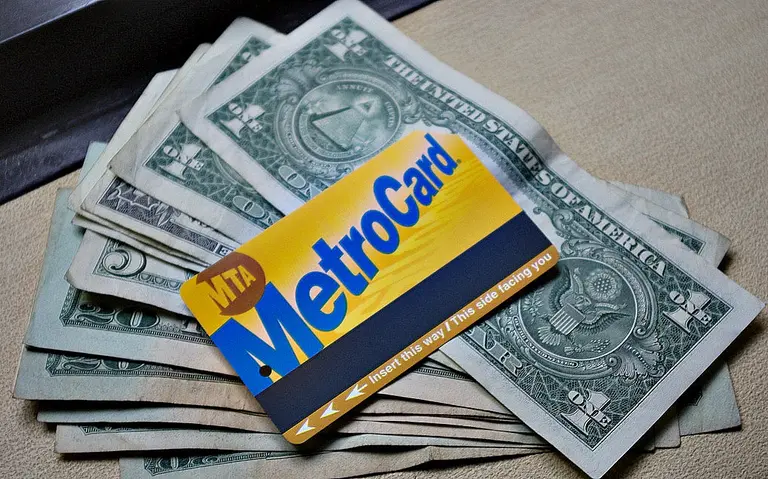
Image by Ged Carroll on Flickr